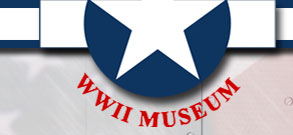The Laister-Kauffman TG-4 A was designated LK-10 Yankee Doodle 2 by its designer Jack Laister and was designed in response to the formation of the United States Army Air Corps American Glider Program in 1941. John Kauffman and Jack Laister teamed up to establish the Laister-Kauffman Corporation in St. Louis, Missouri and the USAAC immeditely ordered three prototypes. Upon approval the Army placed an initial order of 75 and later ordered another 75. The TG-4 was a sailplane by design with a fuselage of steel tubing construction and with wooden wings and tail. The glider was then covered with fabric. Both the pilot and the instructor sat in tandem under the canopy. By the end of World Was II production was terminated.
Although the TG-4A gliders did not adequately simulate the flying characteristics of combat gliders, they were agile and easily capable of gaining altitude - enabling the training pilots to prepare themselves for combat gliding.
Outside of Wickenburg, Arizona the Echeverria Air Field served as a primary training facility for combat glider training. This airfield was abandonded after World War II.






